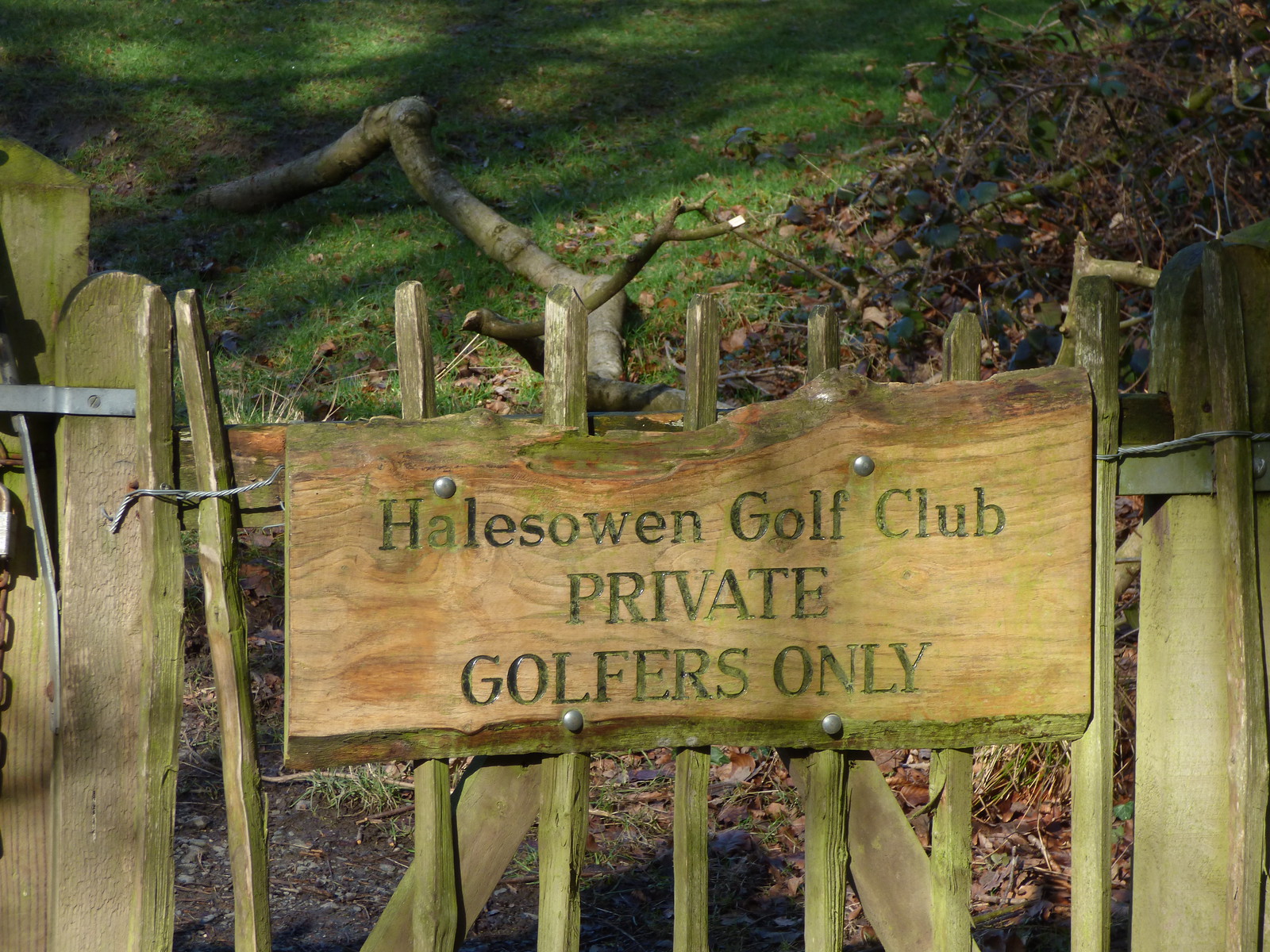
Wooden Boy: A conversation
Caretaker has on and off eyes
that midway don’t work
a pause in breath/ affect
with face like sponge contracting
I do my distancing but
biowaste bins at the back
look up to see bent up cross
in white trails above
the spectral froth
He says the key sticks now and again
and laughs there and then stops
Wooden Boy: A conversation, from The Little Wooden Boy, 13 May 2018

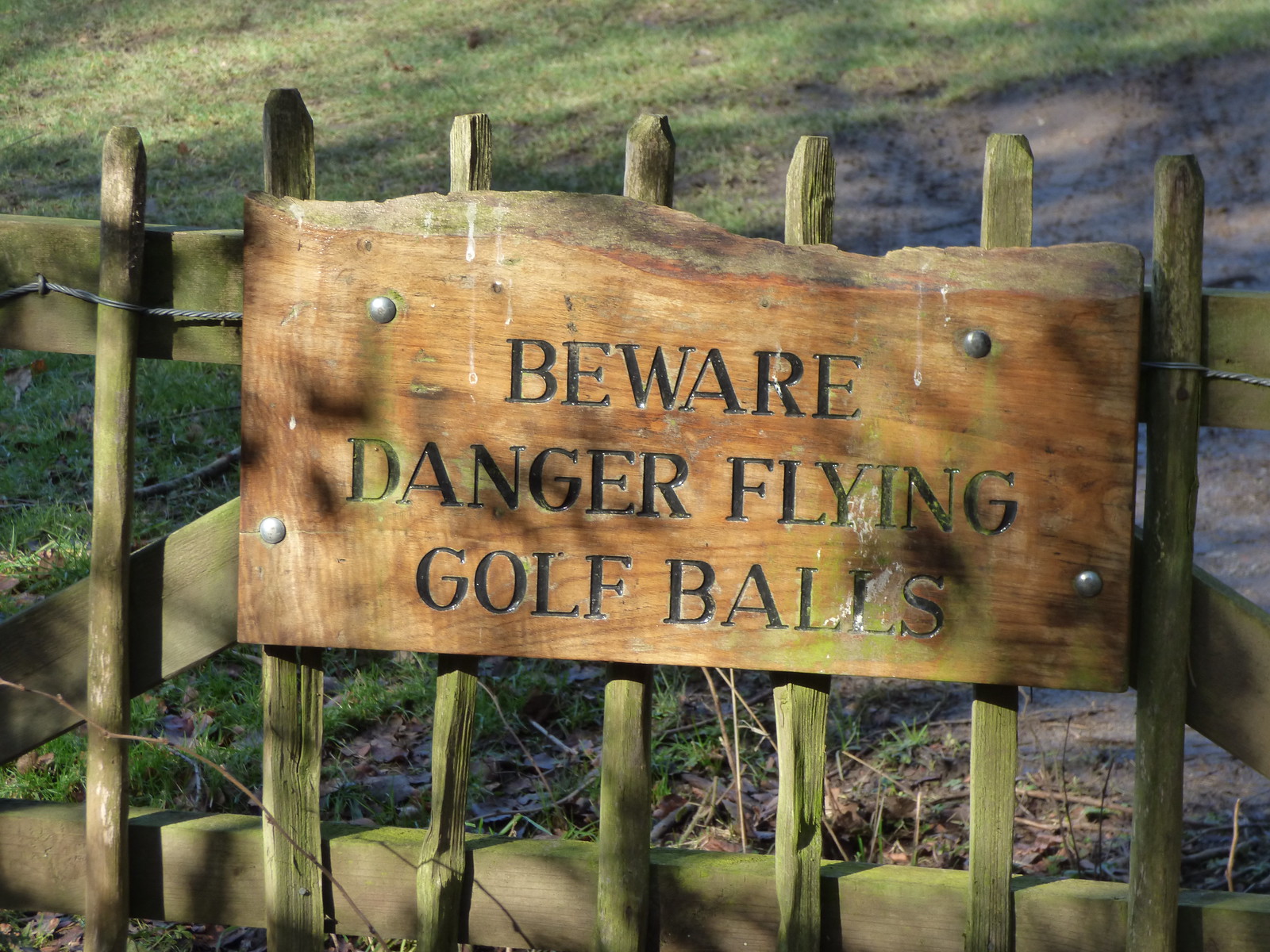
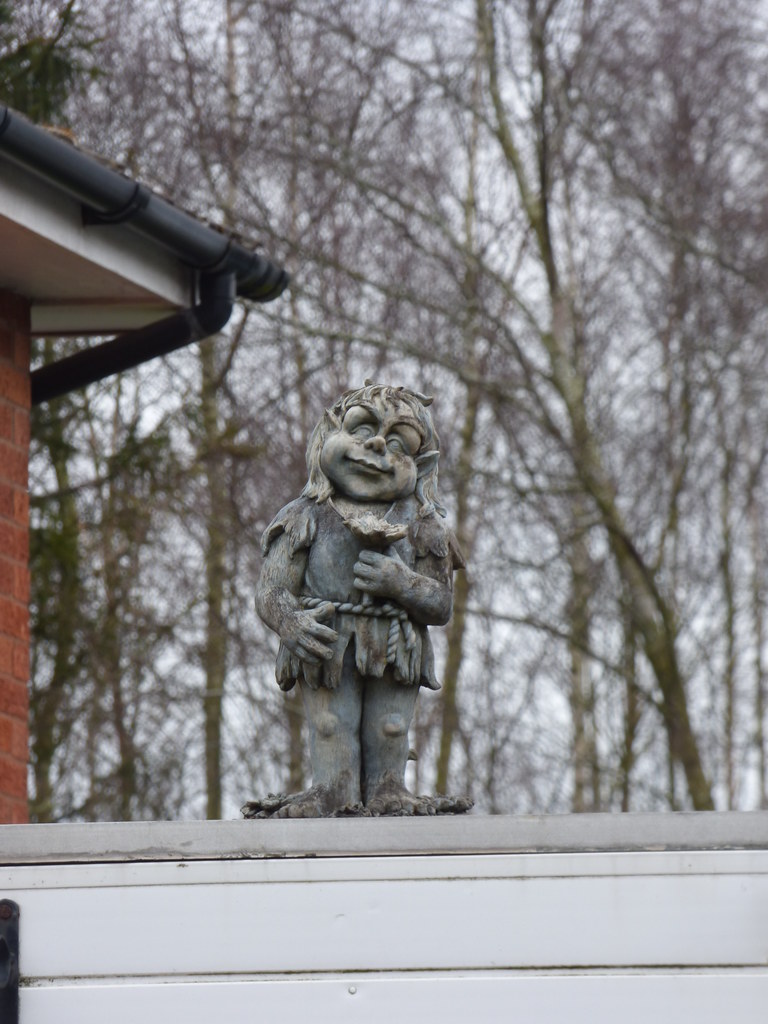
Kenilworth Road, Balsall Common - stone gnomes above a garage. Heading up and down Kenilworth Road in Balsall Common.: photo by Eliott Brown, 18 February 2018
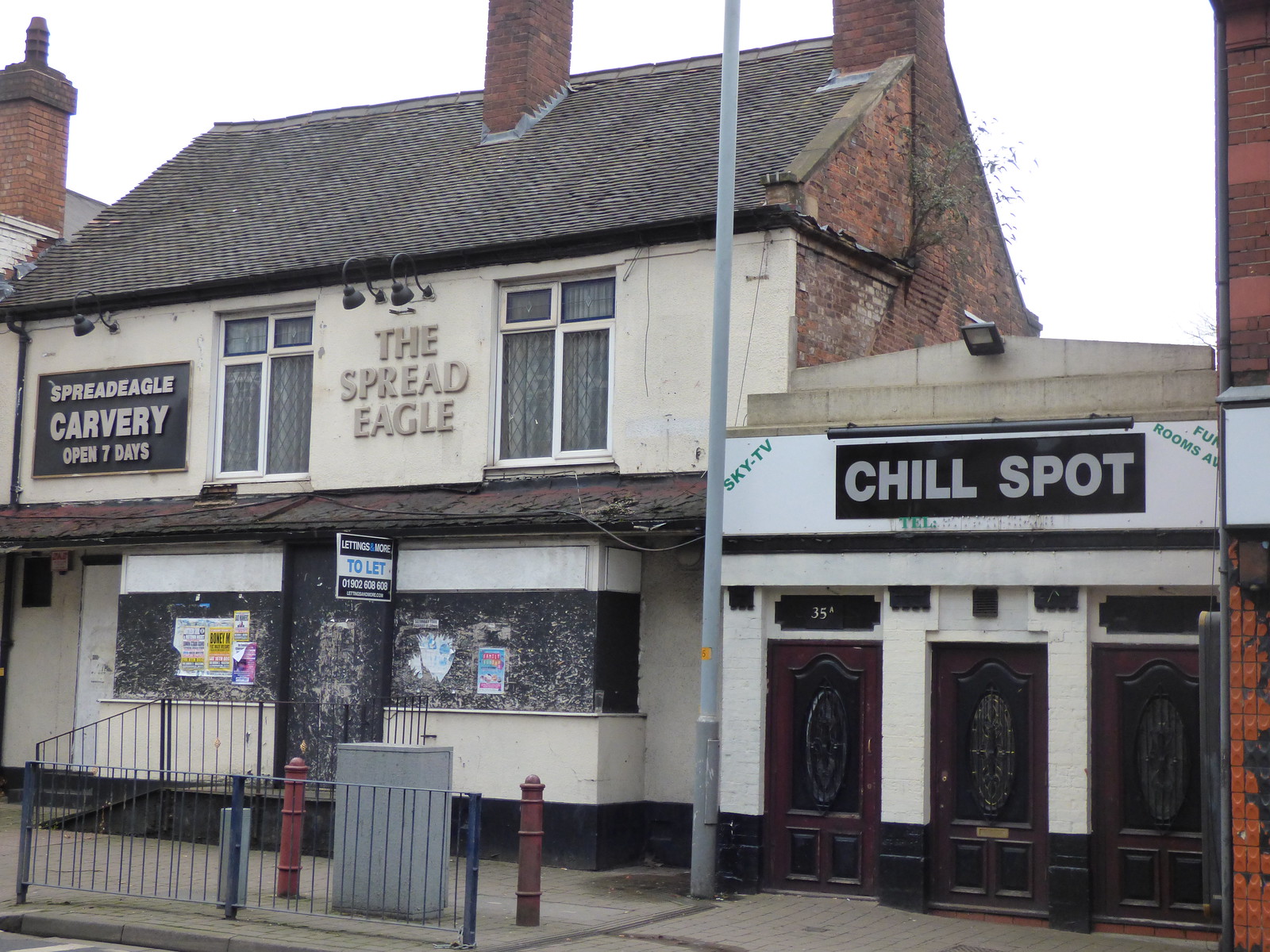
The Spread Eagle - Lichfield Street, Bilston. Heading along Lichfield Street in Bilston, before crossing at the lights up Mount Pleasant. | The Spread Eagle - derelict closed pub.: photo by Eliott Brown, 13 January 2018
The Spread Eagle - Lichfield Street, Bilston. Heading along Lichfield Street in Bilston, before crossing at the lights up Mount Pleasant. | The Spread Eagle - derelict closed pub.: photo by Eliott Brown, 13 January 2018
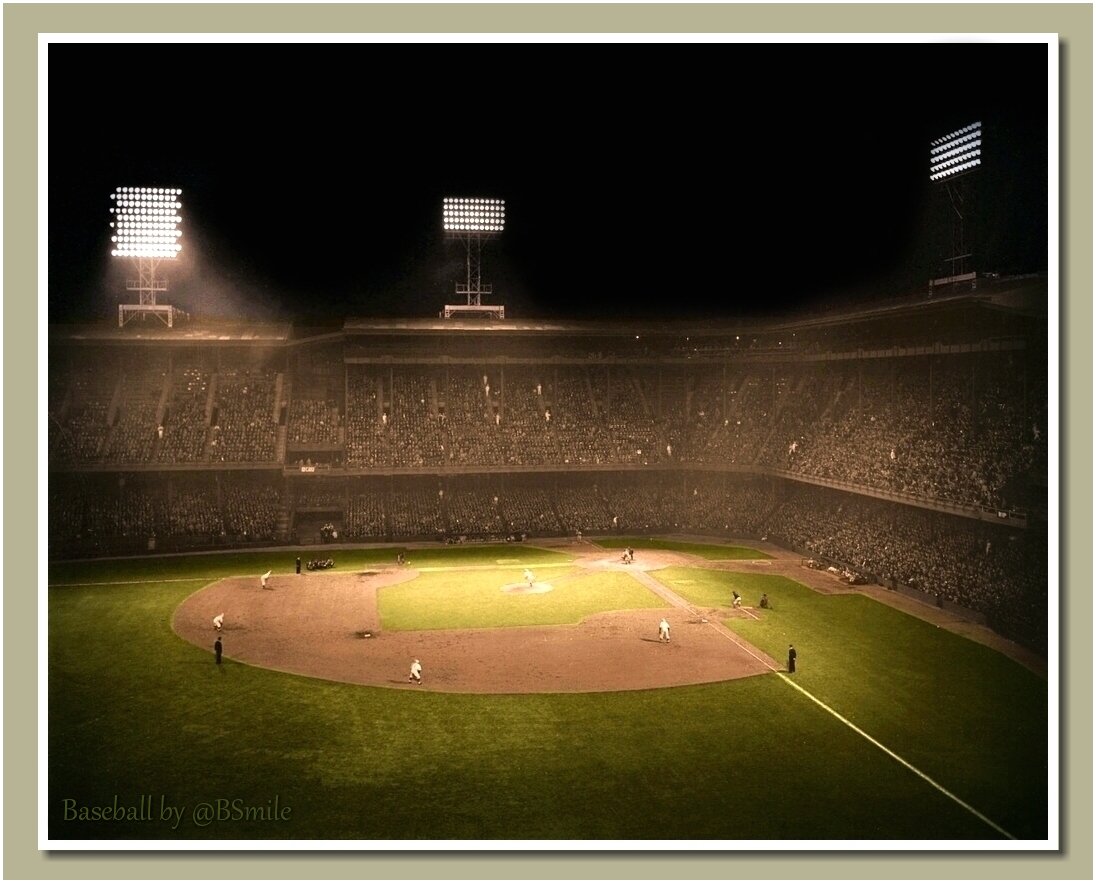
View of the First Night Baseball Game In American League History (Shibe Park, Philadelphia - May 16, 1939) Cleveland Indians vs. Philadelphia A's #MLB #Athletics: image via Baseball by BSmile @BSmile, 16 May 2018
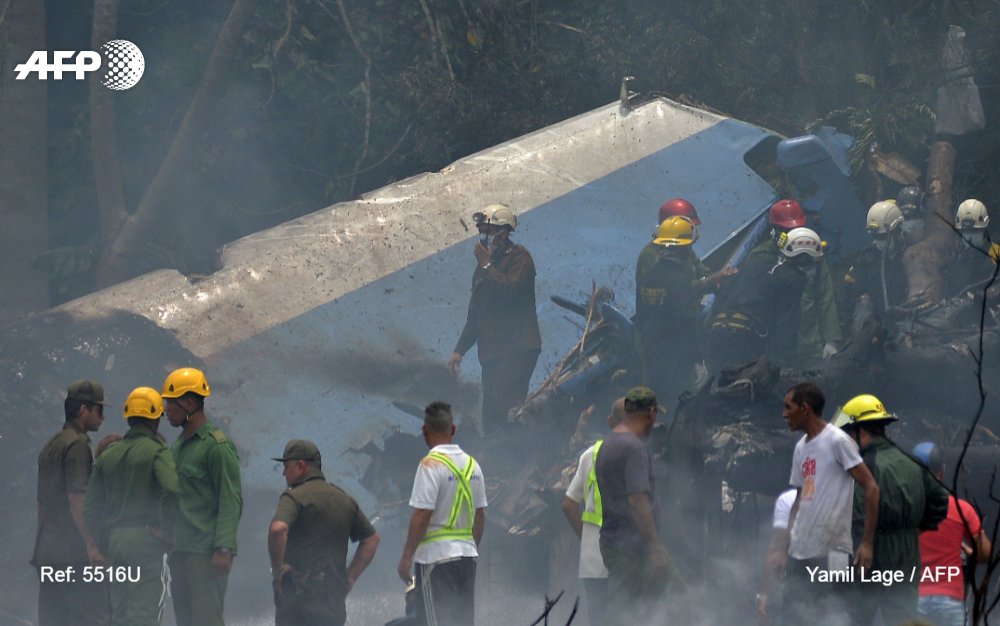
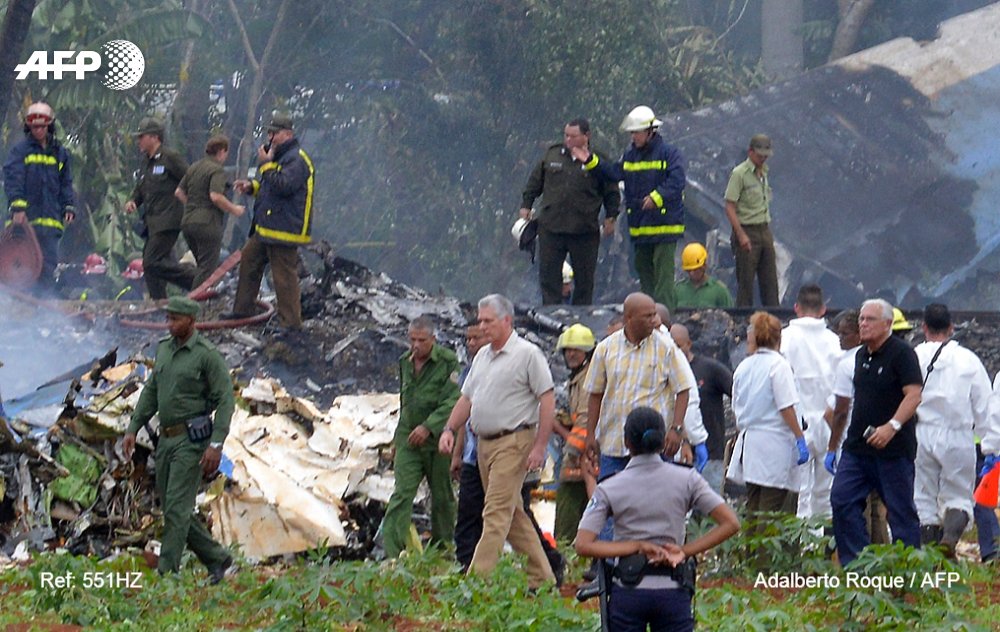
#Cuba President Miguel Diaz-Canel (C) is pictured at the site of the accident after a Cubana de Aviacion aircraft crashed after taking off from Havana's Jose Marti airport.#AFP photo by Adalberto Roque: image via AFP Photo @AFPphoto, 18 May 2018
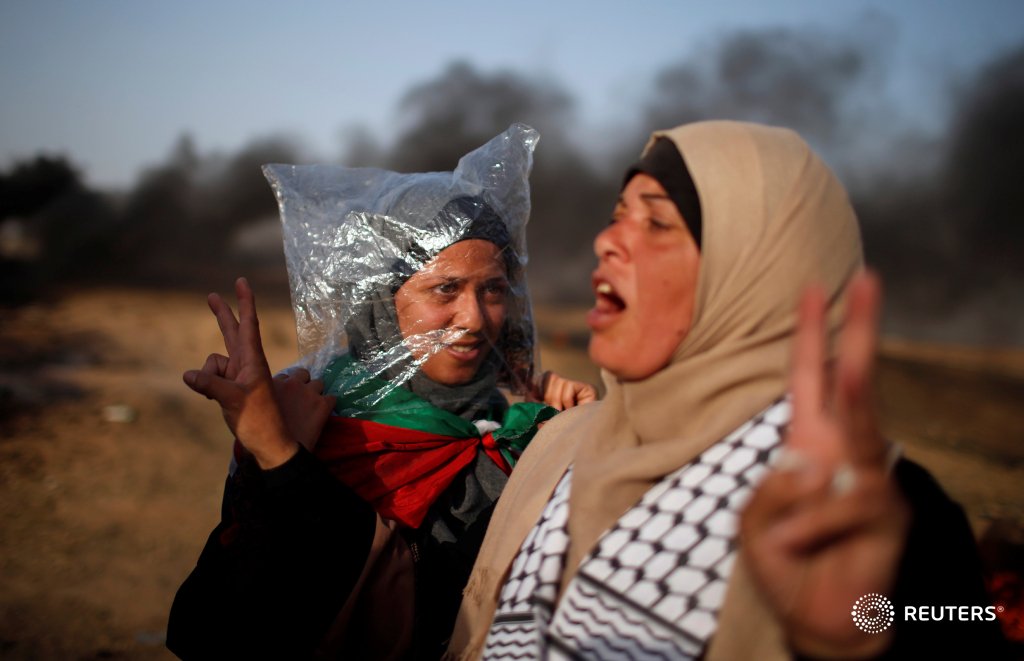
A female demonstrator wears a plastic bag to protect herself from tear gas during renewed protests on the Israel-Gaza border: photo Mohammed Salem: image via Reuters Pictures @reuterspictures, 18 May 2018
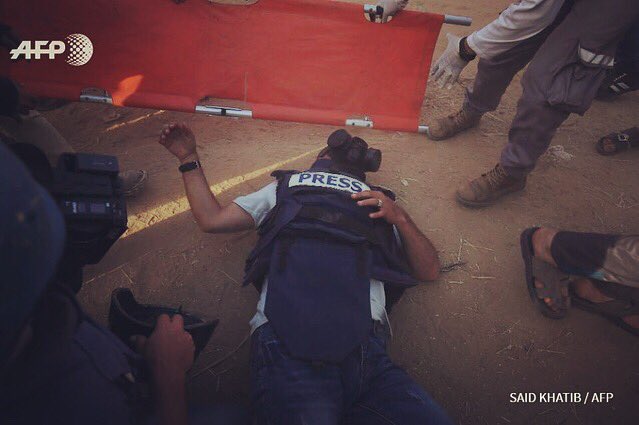
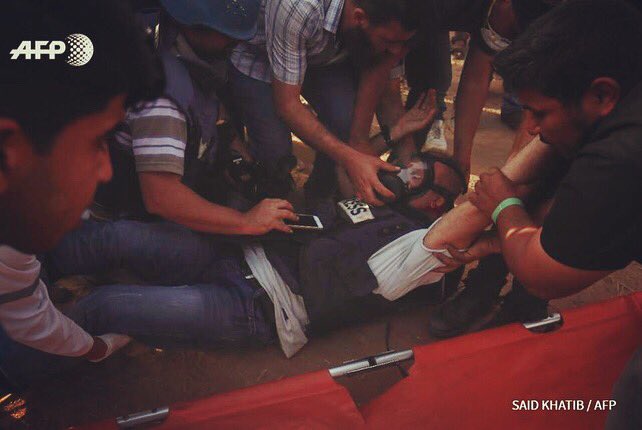
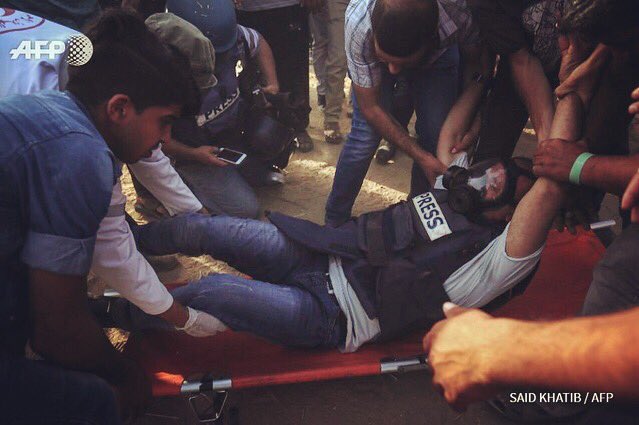
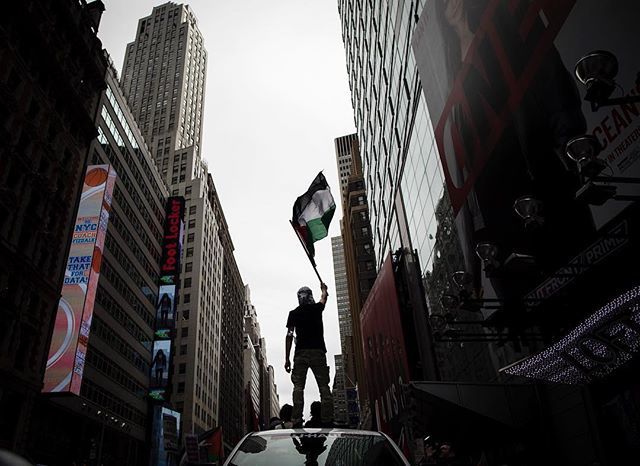
A demonstrator stands on a truck as he waves a Palestinian flag during a rally to support Palestine and to mark Nakba Day in Times Square #gettymagesnews #palestine #israel #middle east #gaza #ncx #newyorkcity #timessquare: image via drew Angerer @drewangerer, 18 May 2018
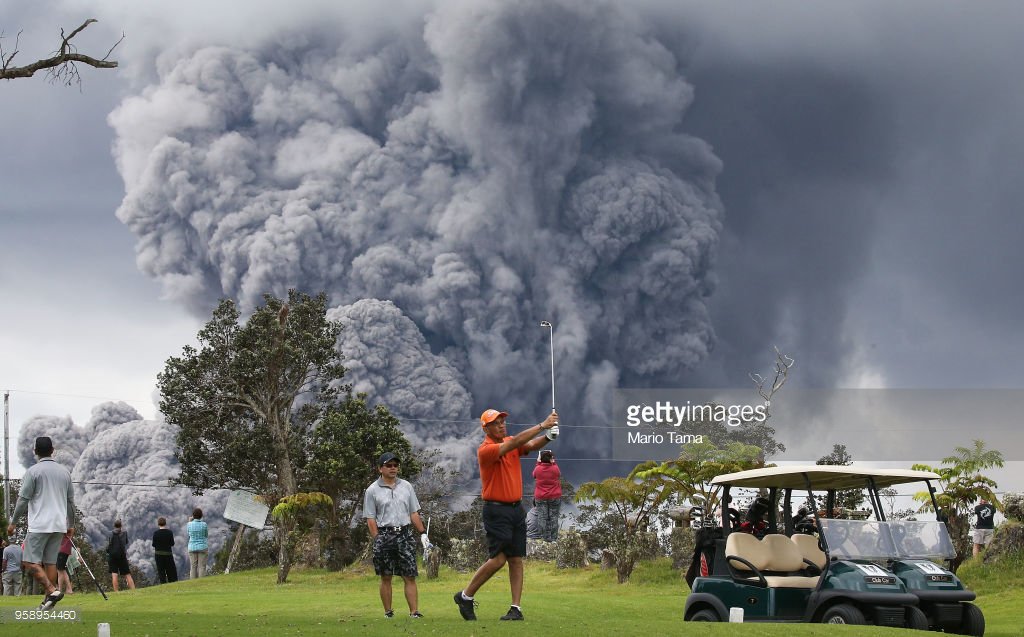
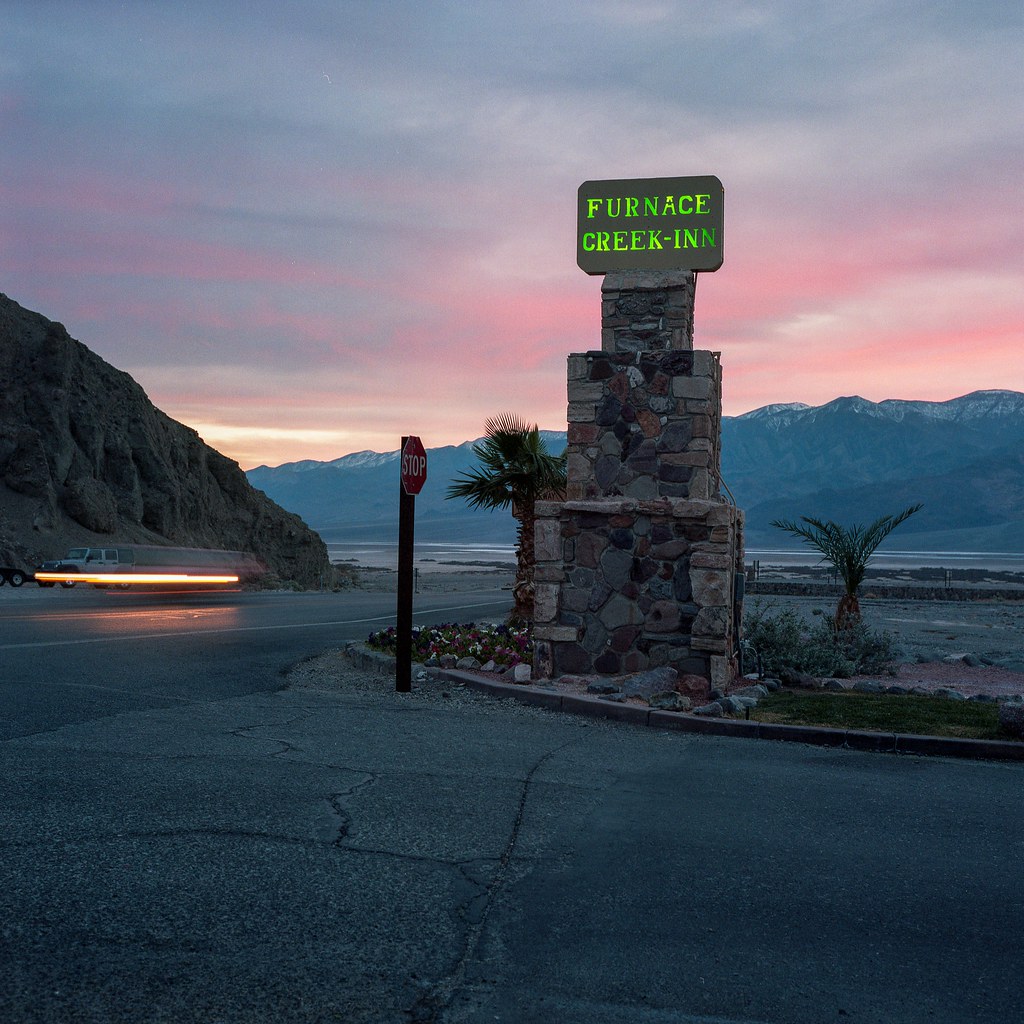
Death Valley | New scan of an old image [c.2012]: photo by Andrew Murr, 7 May 2018
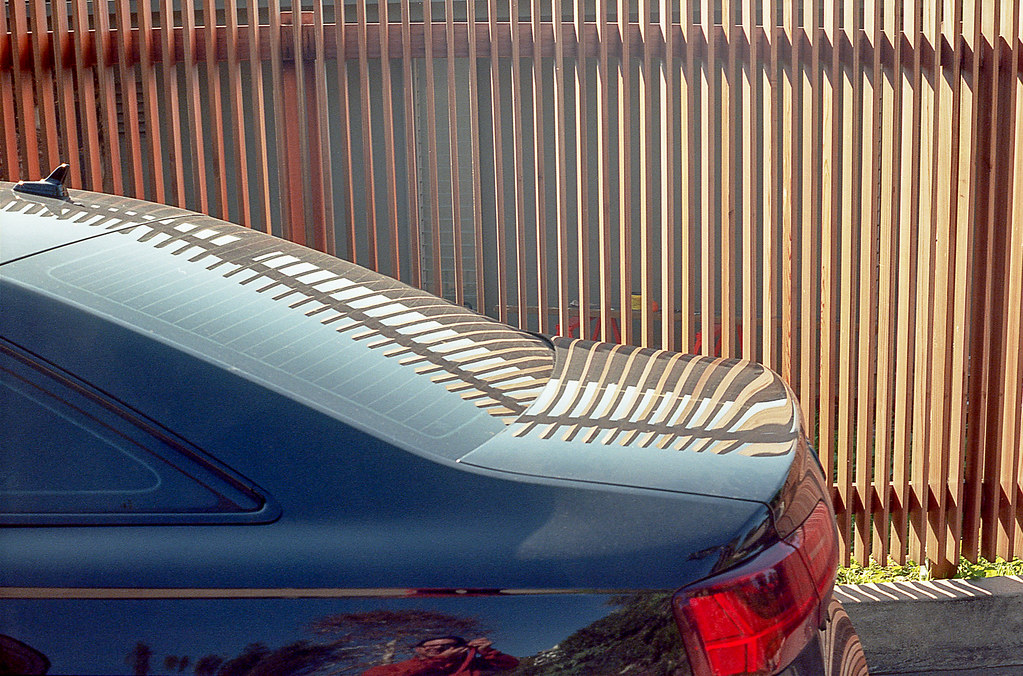
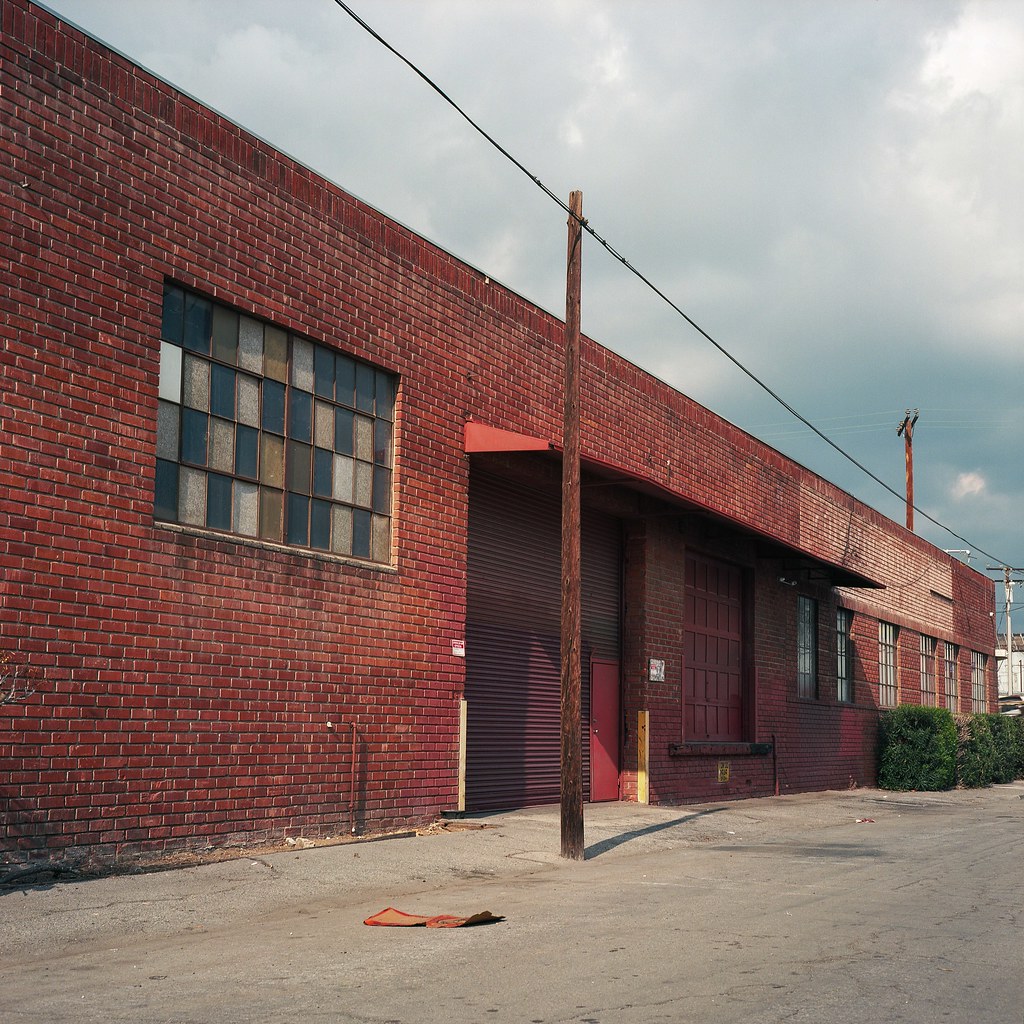
Industrial trapezoid [eastside, LA]: photo by Andrew Murr, 18 May 2018
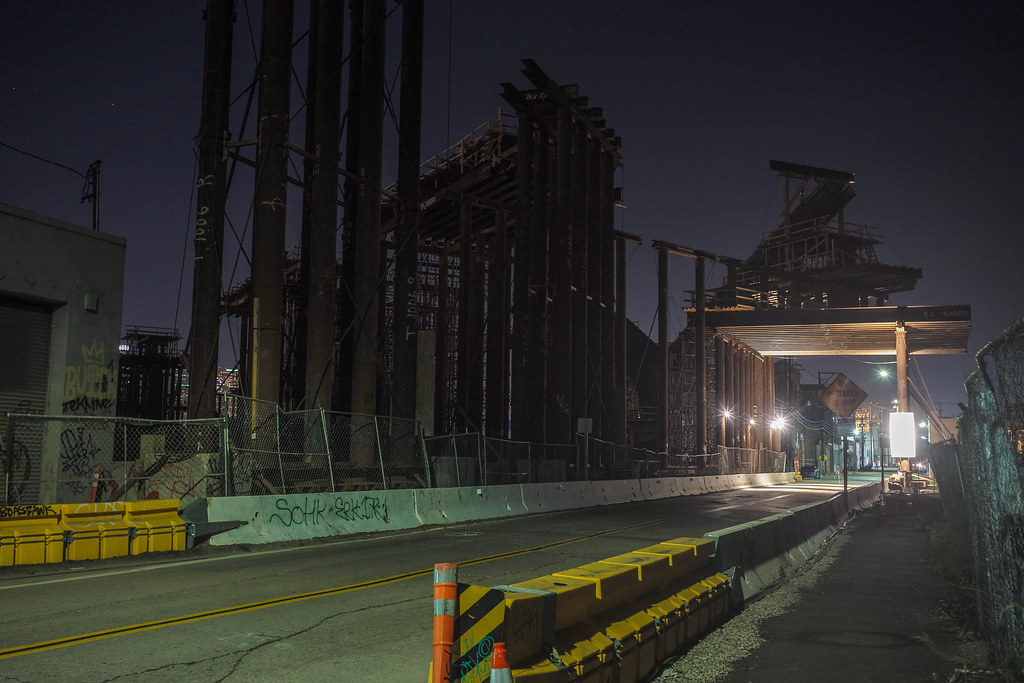
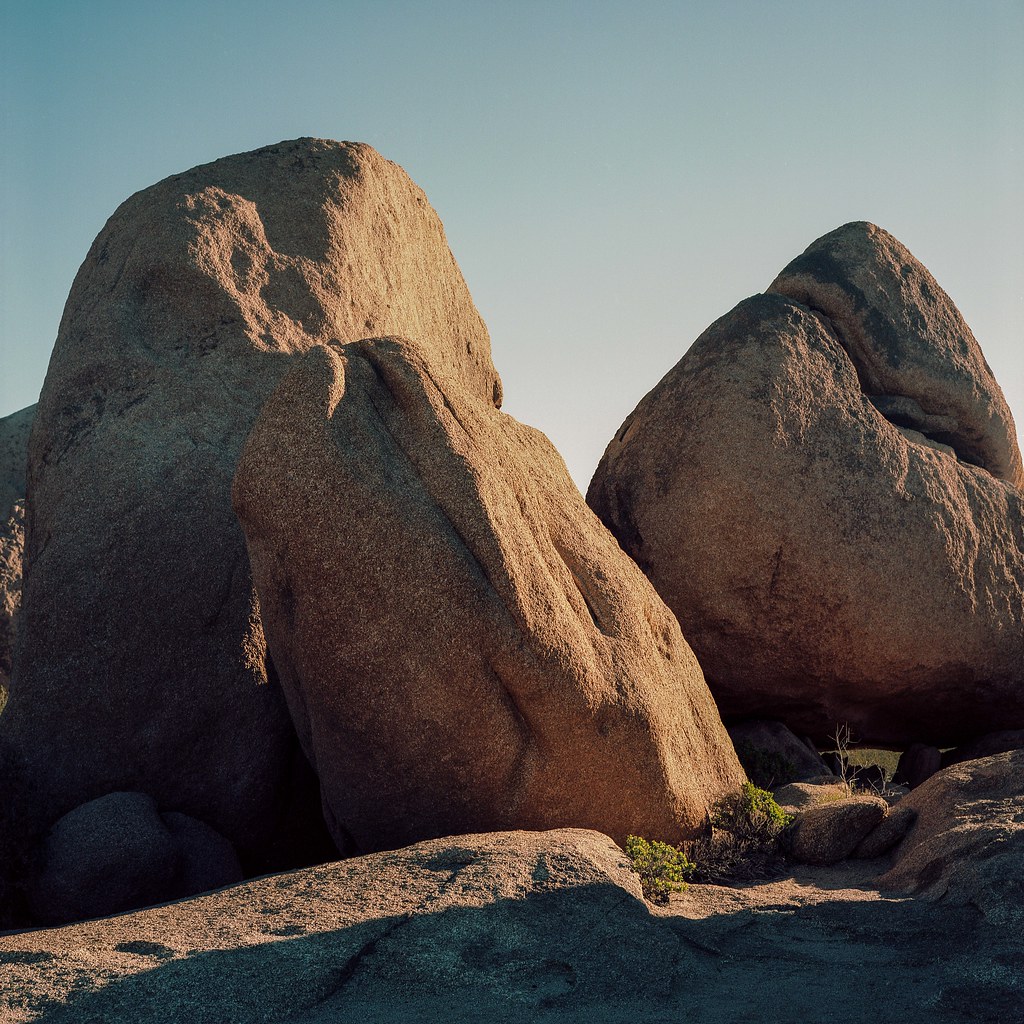
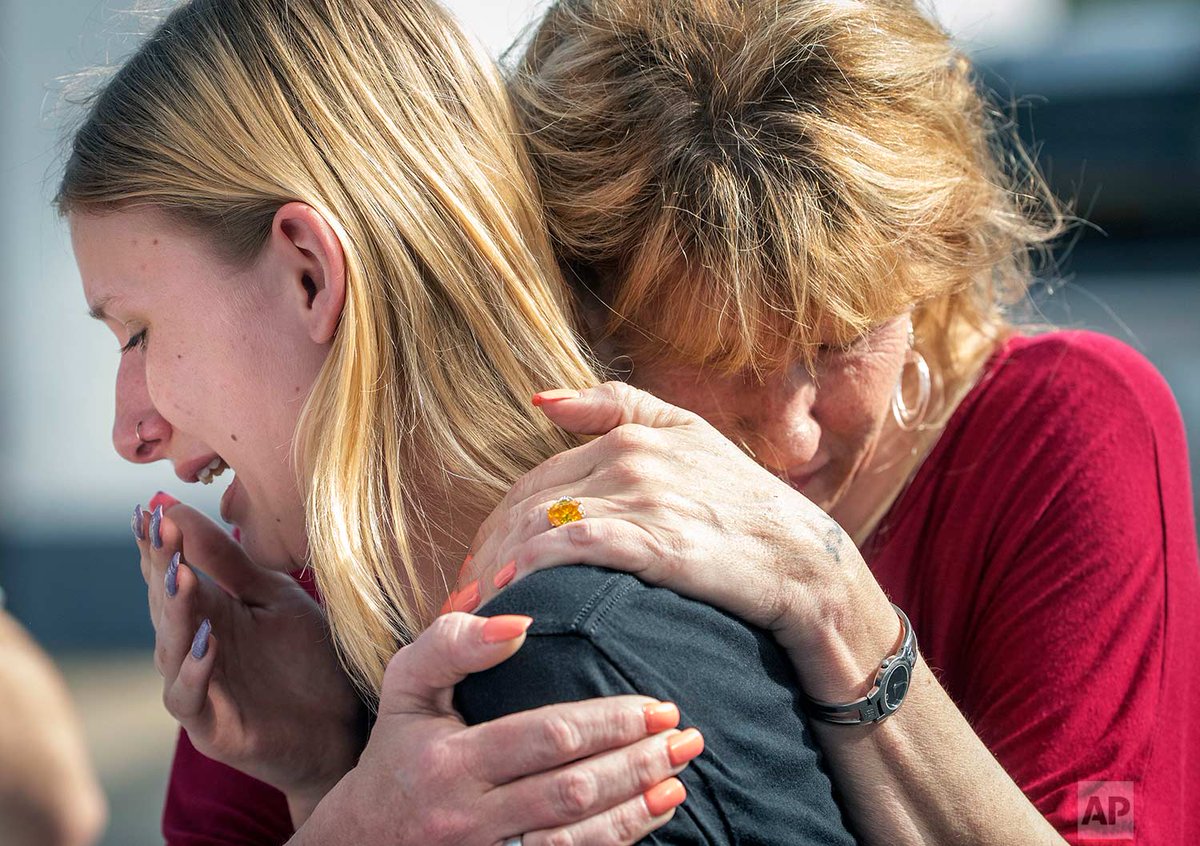
Gunman opens fire in Texas high school, killing up to 10: image via AP Images @AP_Images, 18 May 2018
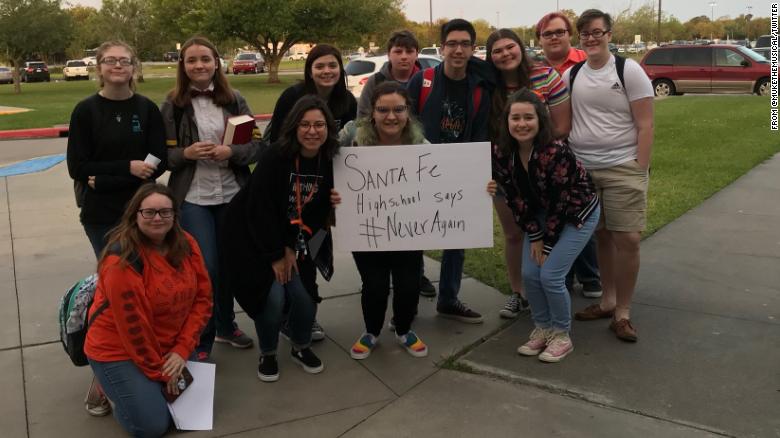
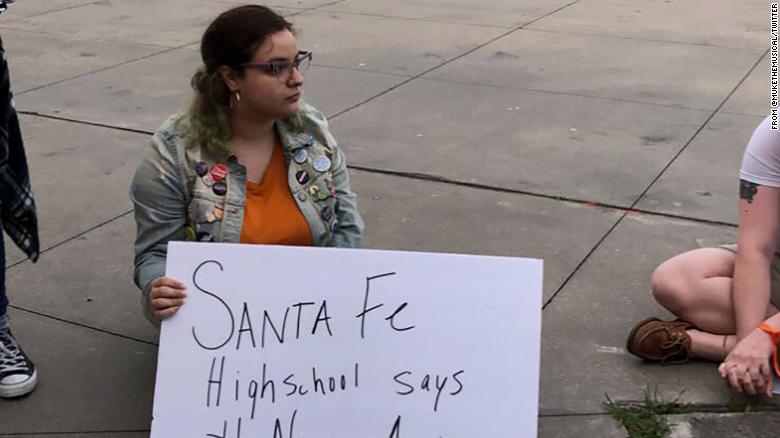
Not even a month ago, students at Santa Fe High School walked out of their classrooms to protest school shootings. A sign read, "Santa Fe High School SAYS #NeverAgain" Today, they were the victims of one.: image via CNN @CNN, 18 May 2018
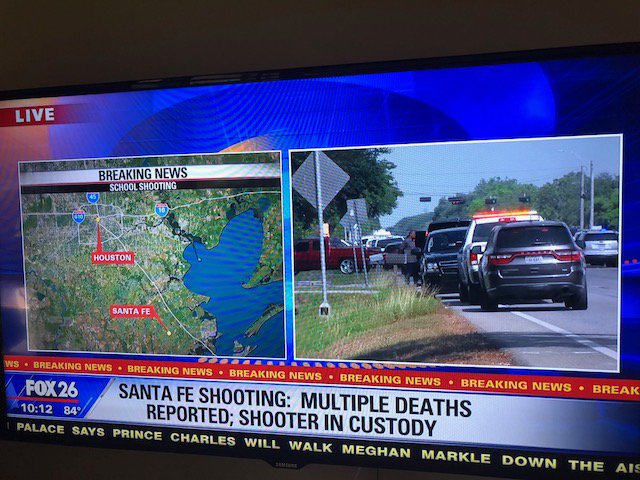
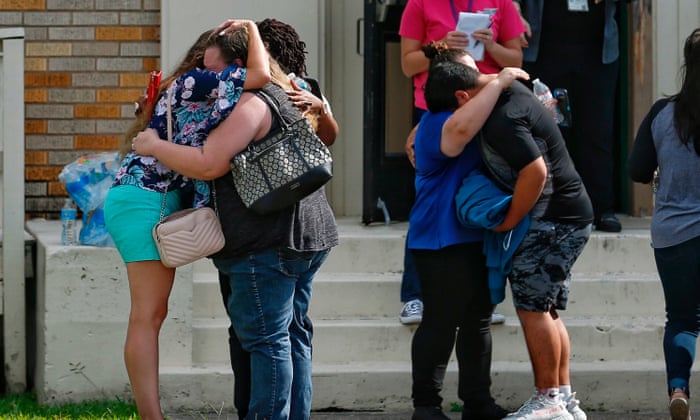
People embrace outside the Alamo Gym where students and parents wait to reunite following a shooting at Santa Fe high school Friday.: photo by Michael Ciaglo/AP, 18 May 2018
Normally bustling on a Friday lunchtime, Pook’s Crawfish Hole was closed. Where the giant roadside sign might usually promote the restaurant’s specials, it said: “Thoughts and Prayers With Santa Fe.”
In the deserted interior, a television mounted on the wall near dangling models of crustaceans was tuned to a local news channel’s coverage of the school shooting that had unfolded that morning just a couple of miles away. Pook’s opens from January to June, when the crawfish from Louisiana, the next door state, are fresh. But on this day it was shut. “Out of respect,” said Gregg Vicknair, the owner. A sign on the door encouraged would-be patrons to attend the candlelight vigil planned for the evening to mourn the 10 dead.
Community gatherings are the most natural and common short-term response in the aftermath of such a tragedy; what felt different from the norm in Santa Fe after the latest American school massacre was the sense that despite the shock, such events happen often enough that it would be almost naive to experience disbelief. Even for some children, it seems, it has become a matter of not if, but when and where.
A television journalist’s interview with one Santa Fe student, Paige Curry, went viral on social media. “Was there a part of you that was like, ‘This isn’t real, this would not happen in my school?’” the reporter asked her.
Curry gave a rueful semi-laugh. “No, there wasn’t,” she replied. “It’s been happening everywhere, I’ve always kind of felt like eventually it was going to happen here too.”
Vicknair had a similar reply to a similar question: you never think it’ll happen here, right? “People say that, but I always … ” He paused. “Yes. I think that kind of stuff can happen anywhere.”The father of three added: “It makes you wonder. Like I hear people say all the time, [school is] supposed to be a safe place. But I guess nowadays it’s just not.” Santa Fe high school had been placed on lockdown in response to a potential threat as recently as 28 February, when police were called after reports of popping sounds.
The deaths and injuries in Santa Fe happened three months after 17 students and staff were shot dead at a high school in Parkland, Florida, generating an immense amount of activism and attention, but has not so far translated into meaningful political action.
This was the 16th shooting this year at a school during school hours that caused injury or death. Combined, the tally of the previous fifteen incidents is 21 deaths and 46 injuries.
“It’s just a shame and hopefully there will be changes nationwide to secure these schools. I’ll leave that up to the professionals,” Vicknair, 39, said. “I think we’ve got officials and stuff that can make those decisions.”
Not yet swallowed by Houston’s ever-expanding suburbia, Santa Fe is a spread-out place of about 13,000 people with quiet streets lined with single-storey ranch-style houses, some with front lawns as big as basketball courts.
Less racially diverse than other parts of Texas – a large majority of residents are white – and with a slightly higher average household income than the state as a whole, it has a semi-rural character. Still, with the busy Highway 6 running through the centre of town (and past the scene of the slaughter) it is easy enough for residents to commute to Houston, the Gulf coast seaside resort of Galveston or the oil refineries and chemical plants of Texas City.
Until now, it was perhaps best known for a case in 2000 in which the US supreme court ruled that the school district’s policy of allowing student-led prayers before football games was unconstitutional.
Raymond Doreck’s family has run a meat market in the town for 45 years. His daughter attends courses at the high school but was not there on Friday.
As images from rolling news reports flickered on the computer monitor on his desk, he confronted what he fears is a modern reality with no easy solution. “You have to look at it that it could happen anywhere. You just hope that it doesn’t. I don’t know how to stop it and I don’t think gun control’s the answer,” the 56-year-old said in his small office, around the corner from a preparation room where trays of spicy beef jerky were stacked high.
“We grew up having guns, hunting, none of that ever happened when we had guns. We went to school, used to have guns in the back of our pickups, on the racks. Long as you didn’t take them inside, you know? Nothing like that ever happened.”
Outside the front entrance, at a flagpole next to a life-sized model of a cow, a man lowered the Stars and Stripes to half-staff.
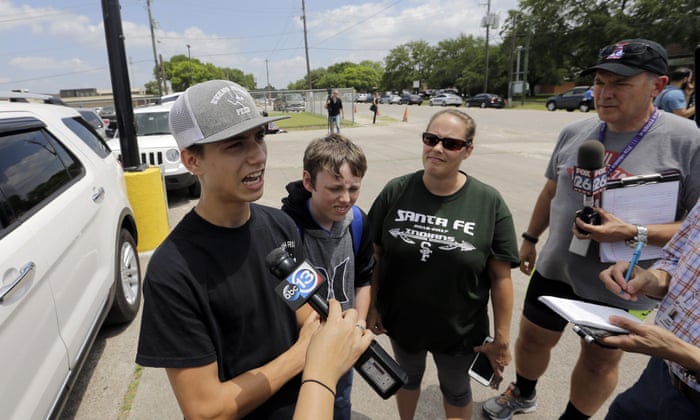
The Santa Fe shooting was the 16th shooting this year at a school during school hours that caused injury or death.: photo by David J. Phillip/AP, 18 May 2018
'Thoughts and prayers' met with louder calls for change: The repetition of the NRA’s silence paired with the ‘thoughts and prayers’ mantra is contesting with a more vocal opposition.: Ed Pilkington, The Guardian,
In a post-gun rampage playbook that is now all too familiar, there was no comment from the NRA’s Twitter feed or Facebook page, and the press line at its Virginia headquarters was on voicemail. The organisation, which continues to wield outsized influence in Washington, allowed its favourite politicians to do the talking.The responses were as swift as they were predictable. Dan Patrick, the lieutenant governor of Texas, called on his Twitter follows to “please pray for all those at Santa Fe high school”.
Ted Cruz, one of two US senators for the state, echoed that the students and faculty of the stricken school where at least 10 people were killed were “in our prayers”. Like Patrick, Cruz holds an A rating from the NRA, signifying a relentlessly pro-gun voting record. He has received almost $12,000 in campaign funding from the group that lavishes resources on Texas more than any other state in the union.
But the grim repetition of the NRA’s silence coupled with the “thoughts and prayers” mantra of its supporters must now contest with a more vocal opposition. The chorus for greater gun control has been fortified since the shooting dead of 17 people at Marjory Stoneman Douglas high school in Florida in February and the surge of student-led protest that followed.
Seasoned observers of America’s torturous and until now largely inert debate on gun violence predicted that the shooting in Sante Fe would further embolden the post-Parkland movement for change.
“Another school shooting plays to the narrative that we need to do something drastic to stop this,” said Adam Winkler, a UCLA law school professor who is author of Gunfight, a history of America’s struggles over firearms. He added: “It’s becoming increasingly clear that the NRA’s answer – to do nothing – is not working.”
Judging from the immediate aftermath of the Santa Fe attack, however, there is little hope of firm leadership from the White House or Congress. Speaking at a prison reform summit hours after the massacre, Donald Trump said that “this has been going on too long in our country, too many years, too many decades now”.
His administration was “determined to do everything in our power to protect our students”, he said. But few were holding their breath in expectations of any real action, given the fiasco that came in the wake of Parkland.
Trump initially astounded observers by taking a robust posture on gun control, going so far as to accuse Republican members of Congress of being “afraid of the NRA”. Days later, he made a dramatic volte-face and started talking about his commitment to second amendment rights. The U-turn happened to come just hours after a visit to the White House by a senior official from the NRA. Since then, nothing has been heard from the Trump administration about raising age limits for buying guns from 18 to 21. Its only concession has been a move to ban bump stocks of the sort used in the Las Vegas shooting last October that will take months to implement and may even then be ineffective.
A similar resistance to meaningful change continues to grip a Congress under Republican control.
“Congress has proven to be unable to deal with these issues – we will simply have to wait for elections to get a new Congress,” said Josh Horwitz, executive director of the Coalition to Stop Gun Violence.
But Horwitz pointed out that while at federal level the US is paralysed, the upsurge of student activism since the Florida shooting was starting to make a palpable impact at local and state levels: “There has been a dramatic uptick in state legislation – Americans seem to be now resolved in moving on this issue.”
Since Parkland, Florida, Maryland and Vermont have introduced so-called “extreme risk” or “red flag” laws that extend to police officers and families ways to prevent vulnerable or unstable individuals buying guns. Significantly, the governors of all three states are Republican. The billion-dollar question will be how Texas responds to the shooting. Texas has some of the loosest gun laws in the nation – by extension the world. Those include concealed carry as well as open carry, and there is even serious discussion about introducing “constitutional carry”, which would allow Texans to carry firearms without any need for a permit or safety training. It is already legal for teachers to carry guns in the classroom and many do – making a mockery of the NRA’s claim after Parkland that the way to prevent school shootings was to arm teachers.
On top of that, the Texan legislature sits only every other year and 2018 is an off-year, which means there is no chance of any debate even starting until January. Governor Greg Abbott has said he will sign any bill that makes it easier to buy and bear firearms.
But the winds of change can be felt in Texas too. As many as 20,000 people protested outside the state capitol in Austin in March as part of the nationwide March for our Lives, and 5,000 students participated in the recent school walkout. Students at Santa Fe High were among them.
A new Quinnipiac poll also makes for startling reading, given prevailing laws in the state. It found that 55% of Texan voters support stricter gun laws across the US, and a whopping 94% want to see background checks on all gun purchases.
“The ground is shifting,” said Ed Scruggs, vice-chair of the pro-gun control group Texas Gun Sense. “For a while people around here thought they were immune from these types of tragedies. Now they know that surely we are not.”
For one parent of a school shooting victim, though, there was only a familiar sense that nothing is going to change. Tom Mauser has been an advocate of tighter gun laws since his son Daniel was shot dead at Columbine high school in Colorado in 1999. He said he expected the events of Friday to further fire up students who are already speaking out, but he was skeptical that it would do much to recalibrate the overall debate.
“In terms of the general public,” he said, “this was another school shooting. For most Americans, sorry, this was just another day in America. Another tragic day, certainly, but ‘our thoughts and our prayers’ – that’s as far as it goes for most people.”
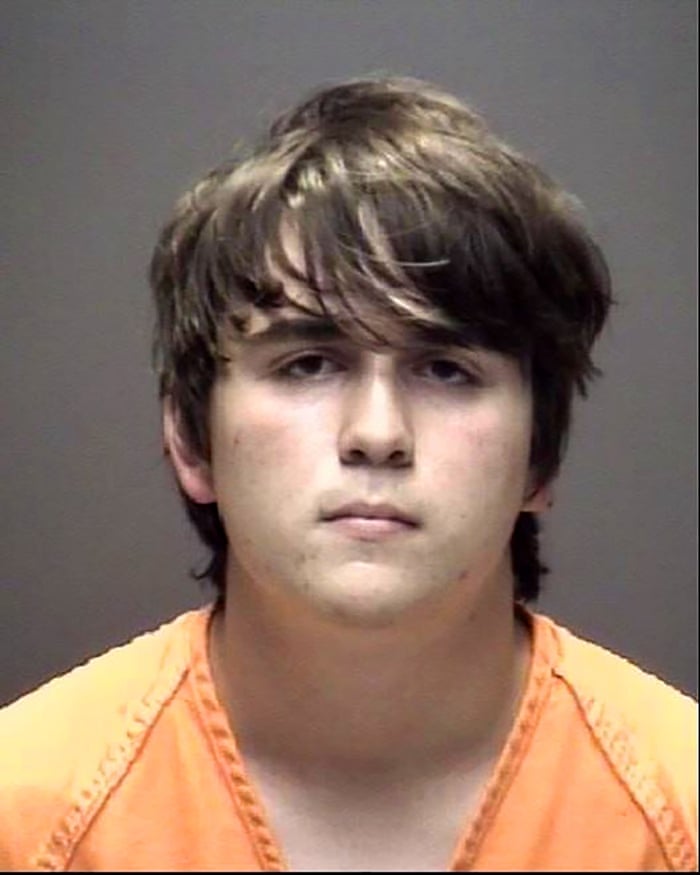
Dimitrios Pagourtzis’s booking photo, courtesy of the Galveston county sheriff’s department.: photo by Handout/AFP/Getty Images, 18 May 2018
So... should the offspring of murican humans be stamped to death at birth, so that other older, wiser species might have a better chance to survive... or could there be a better way...? What's YOUR view?: tweet via Society for Protection of All Life From Muricans @PALFM, 18 May 2018
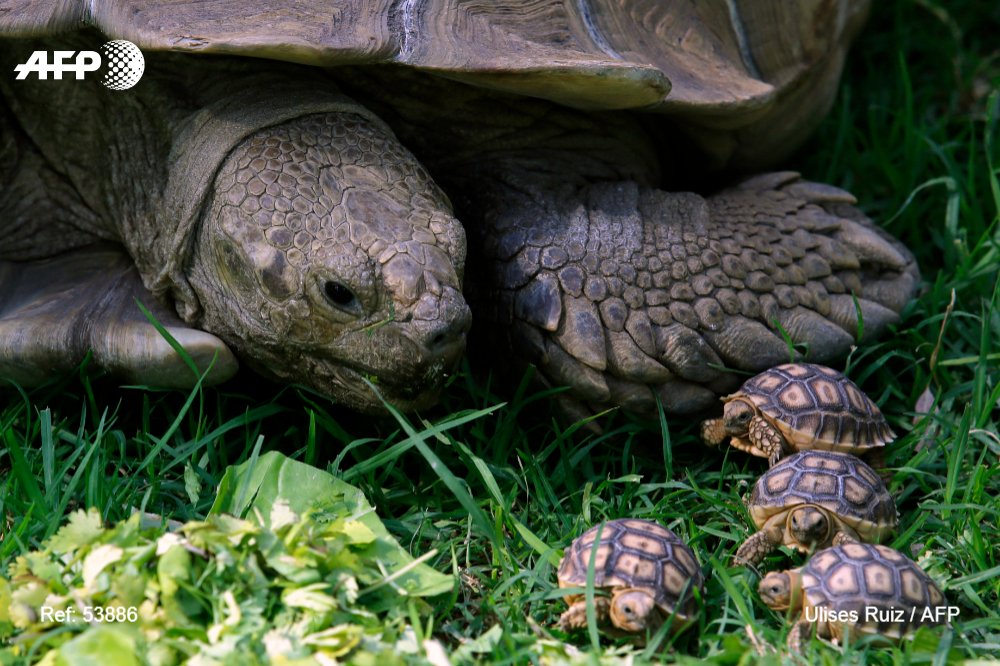
#Mexico An African spurred tortoise (Centrochelys Sulcata) looks at four of the five offspring who were born at the zoo, in Guadalajara. #AFPphoto by Ulises Ruiz: image via AFP Photo @AFPphoto, 18 May 2018
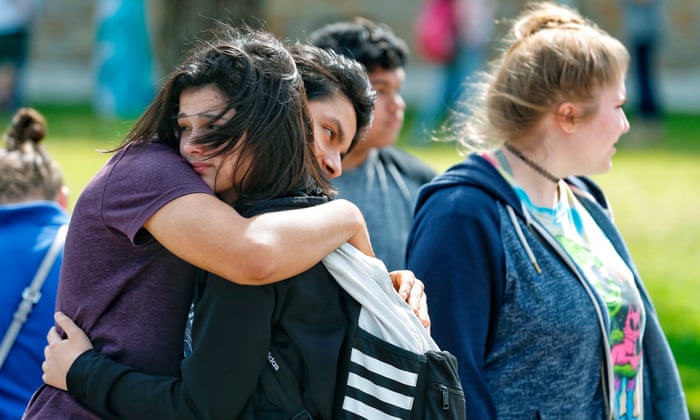



Menai Bridge Town - Welsh Dragon. | At our holiday cottage in Menai Bridge Town. [Menai Bridge, Wales]: photo by Eliott Brown, 8 May 2018
Menai Bridge Town - Welsh Dragon. | At our holiday cottage in Menai Bridge Town. [Menai Bridge, Wales]: photo by Eliott Brown, 8 May 2018
Menai Bridge Town - Welsh Dragon. | At our holiday cottage in Menai Bridge Town. [Menai Bridge, Wales]: photo by Eliott Brown, 8 May 2018
His eyes are white with patient history